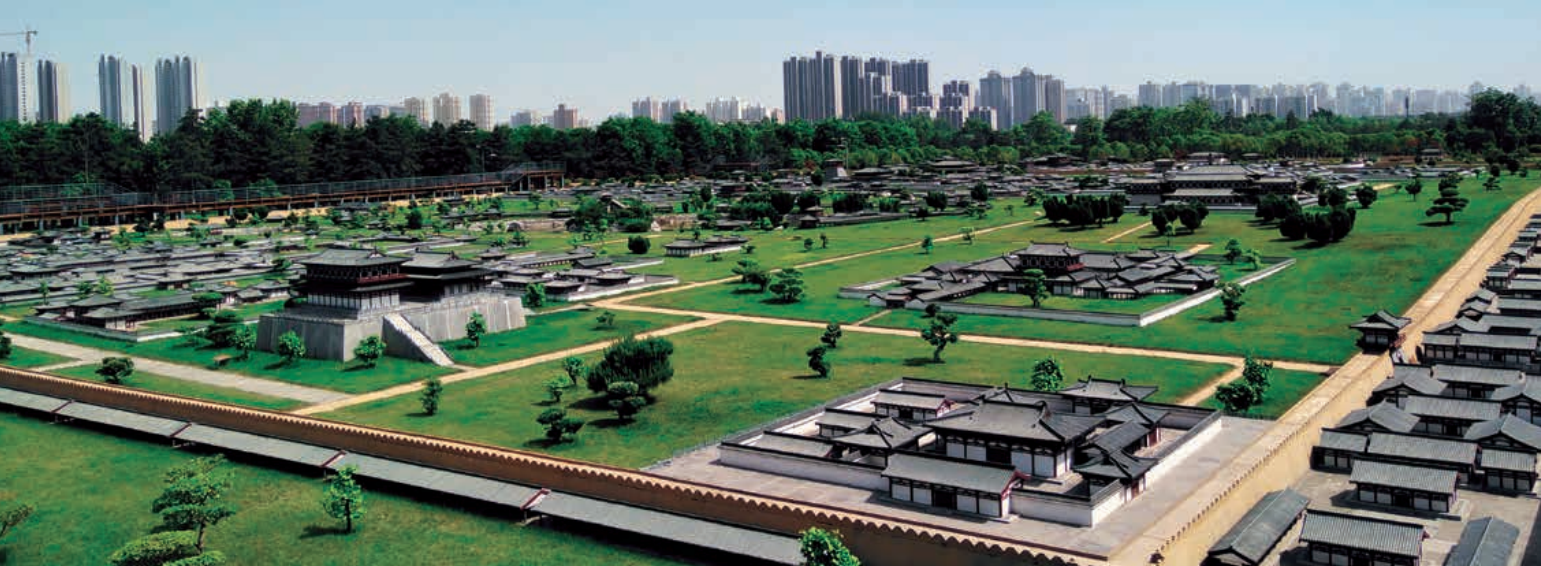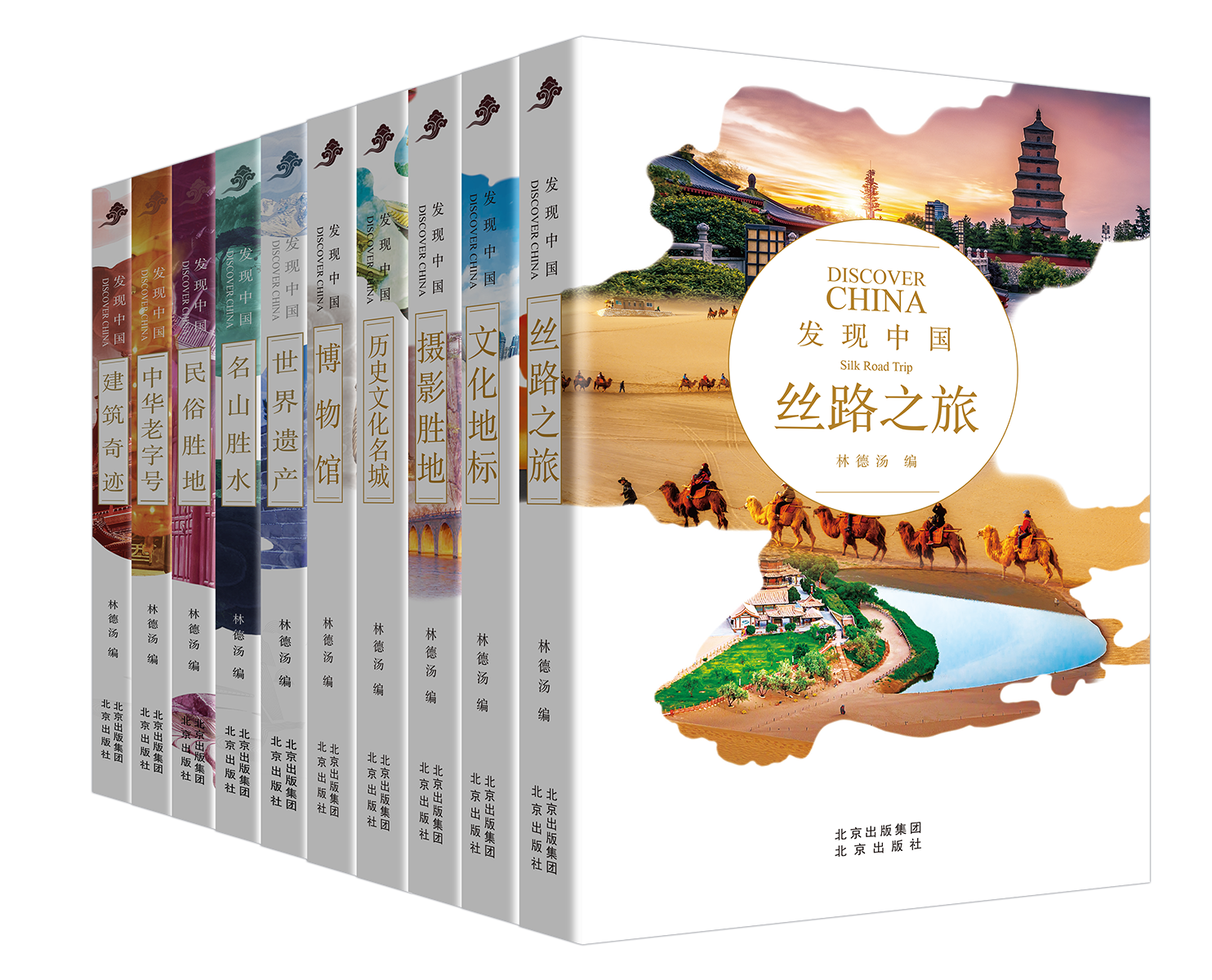The Site of Daming Palace
Daming Palace was one of the most magnificent and splendid palaces during the flourishing days of the Tang Dynasty, representing the prosperity of that period and the pinnacle of ancient Chinese civilization. It has been hailed as “the Finest of a Thousand Palaces” and "the Eastern Sanctuary of the Silk Road." In 2014, Daming Palace was inscribed on the UNESCO World Heritage List. Located on Longshou Plateau in the northeast of the capital city of Chang’an (today’s Xi’an), Daming Palace was first built in the eighth year of Zhen’guan era (634 AD) and stands out among all ancient palaces.

Through archaeological research, the overall layout of Daming Palace has been figured out. The palace complex is divided into two sections, the outer court and the inner court, with more than 40 palaces and pavilions, including Hanyuan Hall, Xuanzheng Hall, Linde Hall, Sanqing Hall and Zichen Hall. Hanyuan Hall served as the main hall, Xuanzheng Hall was where state affairs were discussed, and Linde Hall functioned as the banquet hall. Sanqing Hall, a Taoist structure, was used for Taoist worship and rituals. The name “Daming Palace” is linked to the discovery of a massive mirror, and Emperor Taizong of Tang renamed Yong’an Palace to Daming Palace, regarding the mirror as the Palace Guardian. This interesting historical anecdote became the story behind the name of Daming Palace.
Based on the Discover China series published by Beijing Publishing Group and Beijing Publishing House, this column integrates Chinese history, customs, traditional culture and artistic treasures to introduce China's ancient capitals, cultural landmarks, humanistic and natural wonders.
The editor of the Discover China series, Lin Detang, is the president of the Beijing Tourism Derivatives Association and a visiting professor at the School of Hotel Management of the China University of Labour Relations. Mr Lin has long been committed to theoretical research and entrepreneurial promotion of the integrated development of the cultural tourism industry.